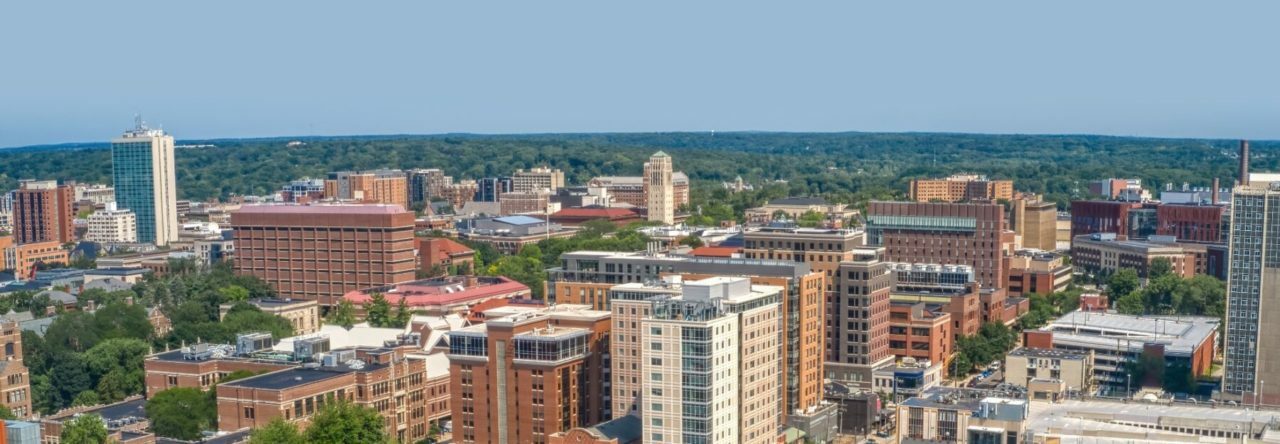Congratulations on getting your Technician class amateur radio license.
If you are asking your self now what, you have come to the correct place. The following information provides a high level overview of some of the activities you can do with your new license.

Technician Class amateurs have radio privileges above 30 MHz that include the 2-meter and 70 cm bands, and many Technician licensees use hand-held radios to contact and stay in touch with other hams in their area. As discussed below, Technician Class amateurs may operate FM voice, digital packet (computers), television, single-sideband voice and several other modes. International radio contacts may be made via satellites, using relatively simple station equipment. Technician licensees also have additional privileges on certain HF frequencies as noted in the illustration above on the 80-, 40- and 15-meter bands using CW, and on the 10-meter band using CW, voice, and digital modes.
- Technicians are limited to operating CW on most HF bands, and CW and SSB phone on 10-meters. Some do get on these frequencies and make long-distance contacts with station both inside the U.S. and in foreign countries. These 10m privileges include the data segments where RTTY (Radio Teletype), PSK31 (Phase Shift Keying), and FT8 (Franke-Taylor design, 8-FSK modulation) reside.
- Repeater station operation helps local hams keep in touch with one another, and when connected to a repeater, to the EchoLink, DMR, D-STAR, or other digital networks, repeater users can make contacts with hams around the world.
- Operate drones. Operating drones with your amateur radio privileges gives you more range than you can achieve with unlicensed equipment.
- Participation in most emergency communications is local communication and generally takes place on VHF and UHF frequencies. In Washtenaw County the Amateur Radio Public Service Corps (ARPSC) is an umbrella organization that encompasses the Amateur Radio Emergency Service (ARES®), the Radio Amateur Civil Emergency Service (RACES) and includes the SKYWARN® Severe Weather Spotter Program. Each Sunday evening ARPSC participants gather in Washtenaw County and the surrounding area to check-in to a voice net on the 145.15 N8DUY repeater.
Skywarn (sometimes stylized as SKYWARN is a program of the National Weather Service (NWS). Its mission is to collect reports of localized severe weather in the United States. These reports are used to aid forecasters in issuing and verifying severe weather watches and warnings and to improve the forecasting and warning processes and the tools used to collect meteorological data. Reports are also used by Washtenaw County emergency management and public safety. In-person SKYWARN training is held each spring, typically in March. In addition to activating when called upon during severe weather, SKYWARN volunteers evaluate 89 County sirens outside of Ann Arbor during the high-risk season for convective weather. These tests orchestrated though a voice net on the 145.15 N8DUY repeater are performed on the first Saturday of the month from March through October.
- The 10–meterband is a portion of the radio spectrum (see above) internationally allocated to amateur satellite use on a primary basis. Low-Earth orbit (LEO) satellites–including the International Space Station–circling the Earth are available for Technician Class amateur radio use. Amateur satellites can be thought of as cross-band repeaters in orbit, receiving transmissions from (ground) stations on the 2-meter band and repeating those transmissions in the 70-centimeter band. Technicians have full privileges in the 10-meter, 2-meter and 70-cm bands, and are allowed to operate the satellites.
- Mesh networks are wide-area networks that use radio links–usually at frequencies above 900 MHz–to connect nodes. Mesh networks can be used for communications in situations where cell towers and internet service have been interrupted. ARROW is currently experimenting with a Mesh network in Washtenaw County.
